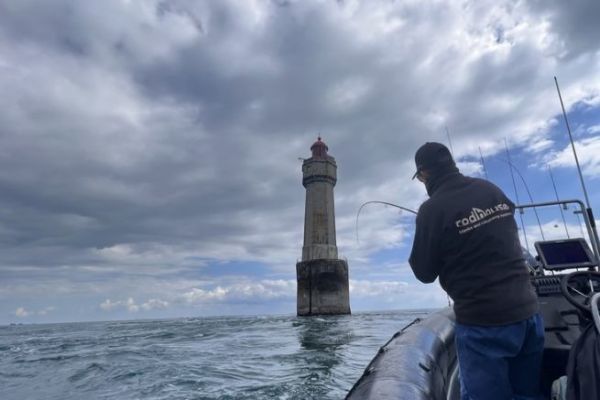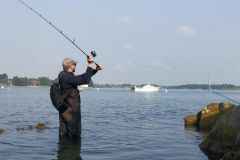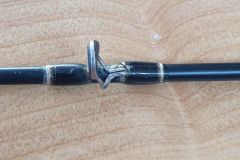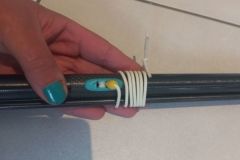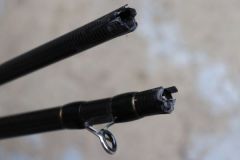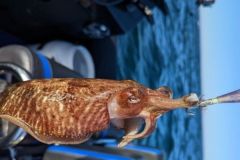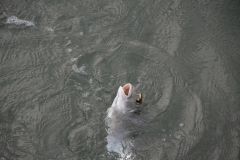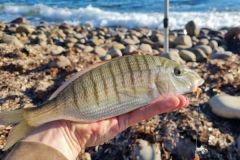First and foremost, define your needs
You can't fish for trout in a river with the same equipment as for sea bass or pollack at sea. The first thing to do is to determine the technique used and the species targeted.
It's like drawing up a small set of specifications:
Fishing rod length :
From shore, prefer a long rod (2.40 to 2.70 m) to improve casting distances. When boating, a short rod (around 2 m) will be easier to handle and more comfortable.
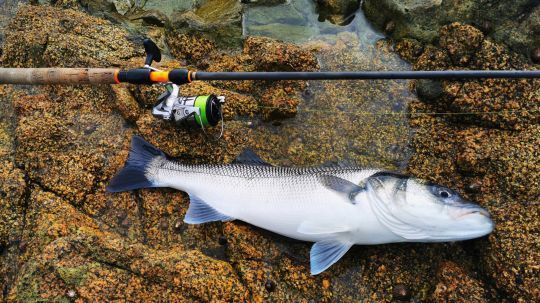
Power :
It indicates the weight range of the lures the rod can propel.
For example, a 5âeuros25 g will be ideal for fine fishing, while a 15âeuros60 g will offer greater versatility.
Cane action:
Fast action promotes sensitivity and precise animation.
A semi-parabolic or moderate fast action will be more forgiving, ideal for a versatile rod.
Remember that the narrower the power range, the more specialized the rod; the wider it is, the more versatile it is.
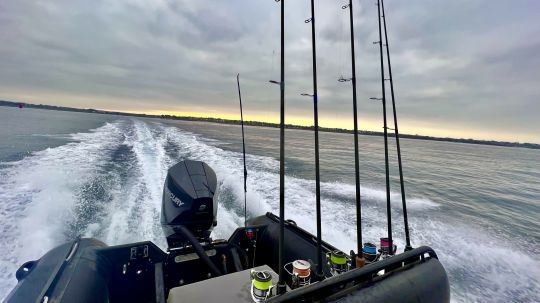
Fishing from shore or from a boat: two different approaches compatible with the same kit
Beginner anglers often wish to use a single rod and reel set for both shore and boat fishing. It's possible, provided you accept a few compromises. Needs vary according to the situation, but it is possible to find a versatile rod.
From shore, we generally look for length to obtain good casting distances. On the other hand, when boating, a rod that is too long quickly becomes cumbersome. The ideal compromise is around 2.20 to 2.30 m: this size allows you to cast far enough while remaining easy to handle on board.
The power of the rod should also be chosen with these differences in mind. Shore anglers often use lower weights than boat anglers. However, it is possible to find a common power range.
By opting for a 10âeuros45 g or 15âeuros50 g rod, you can use the same set of lures without difficulty.
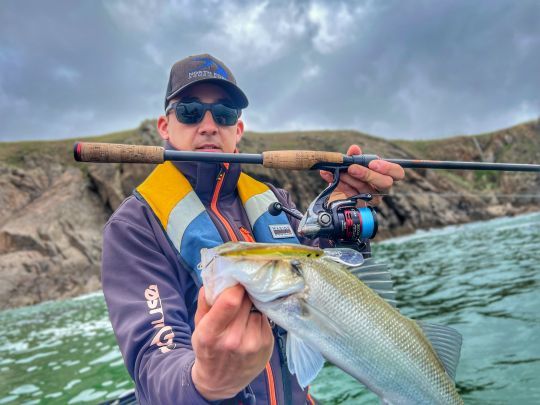
Last but not least: the action of the rod, i.e. the way it bends under load.
The diagram below illustrates the main existing actions. Among them, the "moderate fast" action, also called parabolic, is one of the most versatile. It allows you to fish with swimming fish as well as hard or soft lures or jigs.
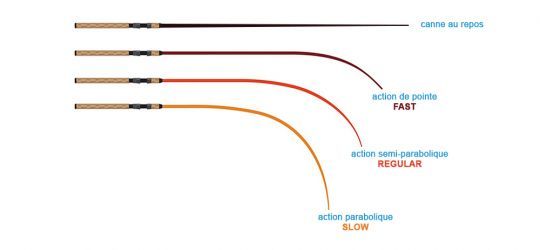
Choosing the right reel for a well-balanced package
To complement your rod, choose a size 4000 reel. This size is an excellent compromise: it's light enough not to weigh you down, while offering progressive drag and a capacity suited to the fish you're after.
In fact, size 4000 corresponds to a "medium" reel model, often recommended for sea or shore fishing.
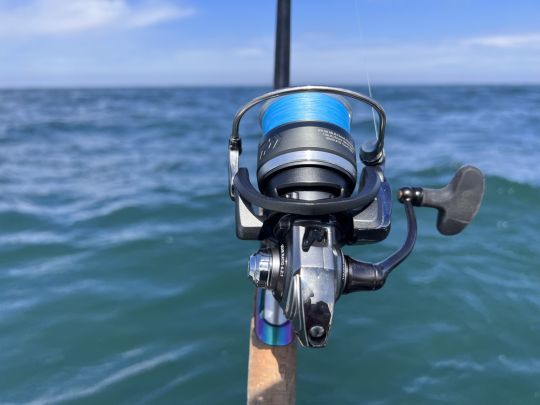
Another point of attention: retrieve speed. The majority of 4000-size models offer a retrieve of around 85 cm to 1 m per crank revolution, which is perfectly suited to cover all sea-fishing techniques.
For the line, use a P.E. 1 or P.E. 2 diameter braid and a fluorocarbon between 33 and 35/100. This diameter may vary according to the type of spot, the clarity of the water and the environment in which you're fishing.

 /
/ 